What Is Accelerated Computing, and Why Is It Important?
Traditional Central Processing Units (CPUs) are excellent at performing complex control functions. However, they are not necessarily optimal for the demands of many applications that need to process large quantities of data. With the increasingly smart world we live in, the amount of data processing needed is increasing exponentially. Acceleration is needed to bridge the growing gap between data-processing need and traditional CPU capability.
Accelerated computing is becoming pervasive among a wide variety of applications, from the data center to edge computing and the network in between. More application providers and developers are looking at accelerated computing as the solution to their applications’ limitations. They know they need to understand accelerated computing sooner rather than later in order to stay ahead of the competition.
Let’s take a look at accelerated computing and learn where it’s used, why it’s so important, and which solutions are best for your compute-intensive data processing applications.

What Is Accelerated Computing?
Accelerated computing is a modern style of computing that separates the data-intensive parts of an application and processes them on a separate acceleration device, while leaving the control functionality to be processed on the CPU. This allows demanding applications to run more quickly and efficiently as the underlying processor hardware is more efficient for the type of processing needed. Having separate types of hardware processors, including accelerators, is known as heterogeneous computing because there are multiple types of compute resources available for the application to utilize.
Typically, hardware accelerators have a parallel processing structure that allows them to perform tasks simultaneously, instead of in a linear or serial fashion. As such, they’re able to optimize the intensive data-plane processing portions of applications while the CPU continues to run control-plane code that cannot be run in parallel. The result is efficient, high-performance computing.

Why Do You Need Accelerated Computing?
You need accelerated computing because today’s applications demand more speed and efficiency than traditional CPUs can provide on their own. This is especially true when considering the increasing role of artificial intelligence (AI). Businesses in all industries will increasingly rely upon accelerated computing to remain competitive.
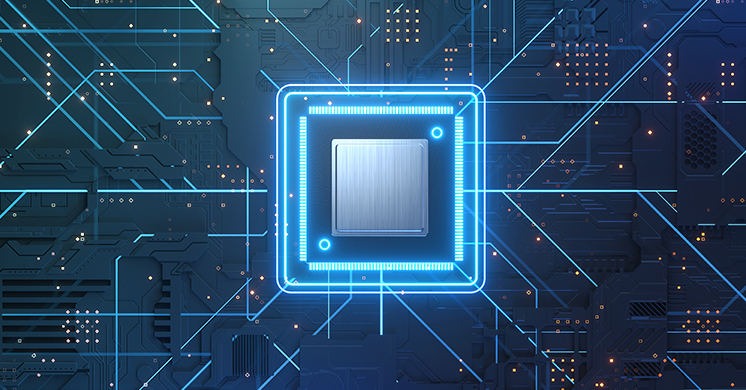
Where Is Accelerated Computing Used?
Accelerated computing is used in a vast number of applications and industries today—especially as 5G is rolled out and we become more reliant upon the internet of things (IoT). Financial trading firms use it for faster trading and minimal latency. The automotive industry uses it for in-vehicle monitoring and advanced driver-assistance systems. Organizations use it to make sense of data. Video game developers rely on it to create high-quality simulations and graphics.
With all the reliance on accelerated computing across various industries, today’s applications need the ability to handle the demand for increased data processing in order to remain competitive.
What Solutions Are Available for Accelerated Computing?
There are different types of solutions available for accelerated computing—each with its own strengths and weaknesses. The solution you choose will depend on the demands of your application.
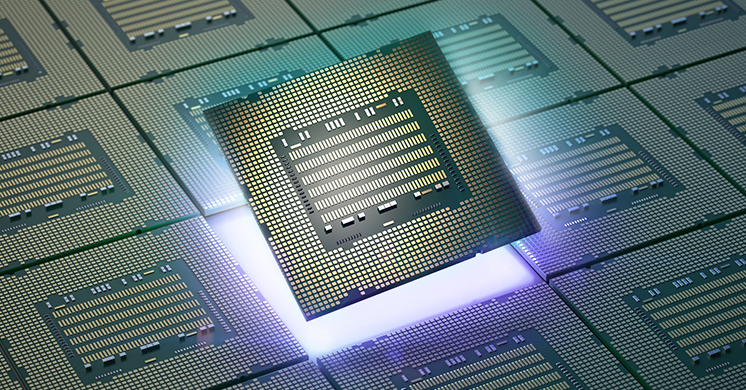
Graphics Processing Units (GPUs)
GPUs are specialized chips that speed up certain data-processing tasks that CPUs do less efficiently. The GPU works with the CPU by helping it offload much of the raw data processing in an application. Thanks to their parallel processing architecture, GPUs can process large amounts of data simultaneously.
Like the name suggests, GPUs were designed to accelerate the rendering of graphics. Today, GPUs are more programmable and flexible than ever, and developers in various industries are using them for artificial intelligence (AI) and creative production. You can also use multiple GPUs together in supercomputers and workstations to speed up video processing, 3D rendering, simulations, and the training of machine learning models.
GPUs are suitable for offline data processing, such as AI training and non-real-time analytics. However, they are not optimized for low-latency applications such as real-time video streaming and AI inference.

Tensor Processing Units (TPUs)
TPUs are specialized circuits that implement the necessary control and arithmetic logic to execute machine-learning (ML) algorithms. Their arithmetic logic units—digital circuits that perform arithmetic and logic operations—are directly connected to one another. This allows for the direct transfer of data without the need to use any memory.
Unlike GPUs, which aren’t optimized for accelerating ML code, TPUs are. However, they were specifically designed to accelerate Tensorflow, Google’s open-source ML and AI software library. As such, TPUs offer minimal flexibility.
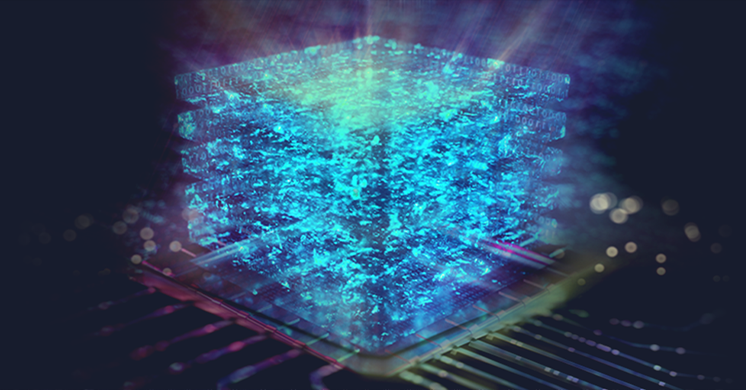
Adaptive Computing
Adaptive computing is the only type of accelerated computing where the hardware is not permanently fixed during manufacturing. Instead, adaptive computing involves hardware that can be customized to a particular application or even a specific acceleration function.
Adaptive computing is a new category that builds on an existing type of technology: field-programmable gate arrays (FPGAs). FPGAs comprise devices that are designed to be configured after manufacturing, hence the name “field-programmable.” By customizing their architecture to your exact needs, they’re able to implement your application more efficiently than GPUs and CPUs, which are general-purpose, fixed architecture devices.
This adaptability makes adaptive computing an ideal candidate for accelerated computing.
Why Is Adaptive Computing the Best Solution for Hardware Acceleration?
Accelerated computing helps increase the efficiency of high-performance applications; but not all accelerators are suitable for all applications. Fixed-silicon devices, such as GPUs, are optimal for non-latency-sensitive applications. TPUs are suitable for specific AI applications. Neither, however, have the ability to provide low-latency acceleration for a broad range of applications, nor the ability to accelerate an entire AI application, including the non-AI parts.
Adaptive computing is optimal, since its hardware can be updated as its users’ needs change. The result is improved efficiency and performance without the need to invest time and money into creating new hardware.
Where Can I Get More Information About Accelerated Computing?
Accelerated computing is available in a variety of platforms, from the data center to the edge and endpoint. Solutions based on these platforms have been deployed in many diverse applications.
For example, AMD Alveo™ accelerator cards help accelerate dynamic data center workloads in a highly adaptable and accessible manner. They provide high-performance computing that’s up to 90 times higher than what CPUs can provide.
As workload algorithms evolve, adaptive computing-based accelerators can be updated faster than their fixed-function counterparts, while allowing you to deploy solutions in the cloud or on-premise, interchangeably.
AMD adaptive computing solutions are accessible to all developers using standard languages, frameworks, and integrated development environments. Instead of adapting your application to the hardware available, you can adapt the hardware to your application while achieving unparalleled efficiency and improved performance.

Adaptive Computing Overview
Hardware that Adapts to Your Application. Unique Flexibility, Update After Deployment, Accessable Platforms, and More
Learn More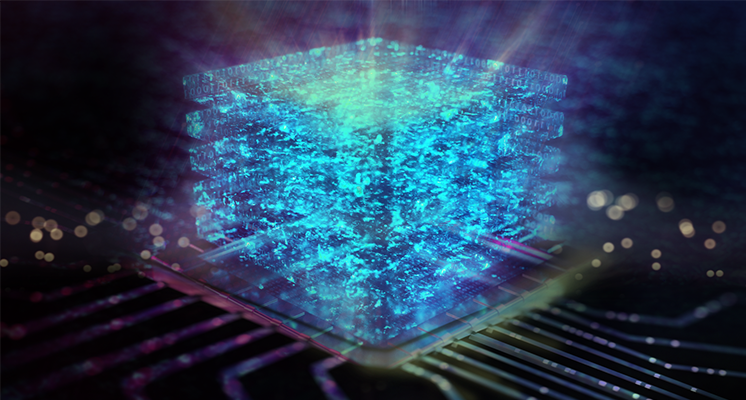
Applications for Adaptive Computing
Learn about some of the key applications that can benefit most from adaptive computing technology.
Learn More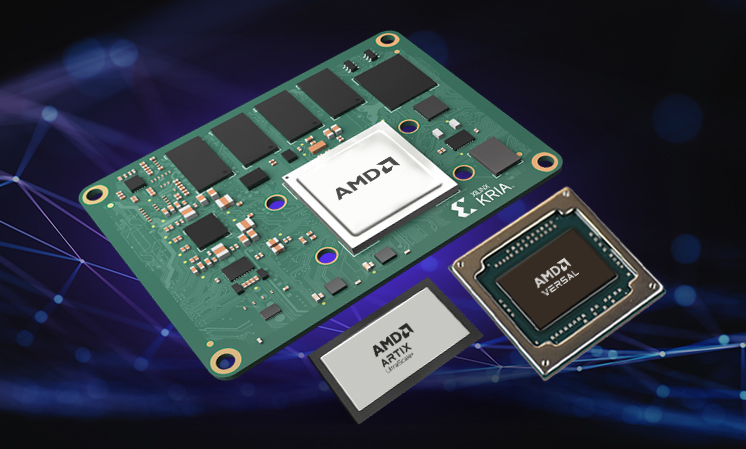
Products for Adaptive Computing
Discover the broad portfolio of AMD products and solutions that enable adaptive computing.
Learn More
Adaptive Computing for Developers
Learn about the advanced tools making adaptive computing accessible to all types of developers.
Learn MoreSubscribe Today
Join our subscriber list for the latest updates and information on Adaptive Computing.
